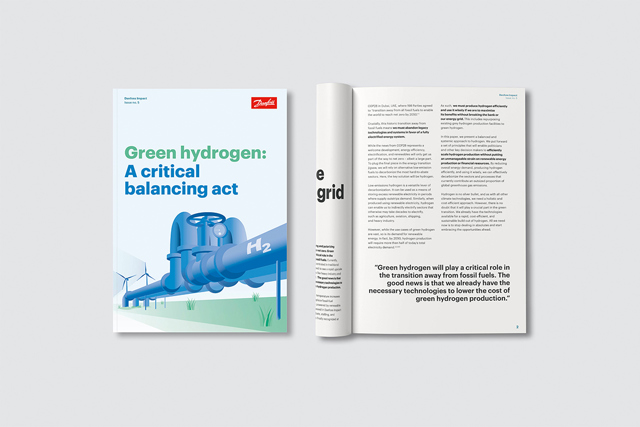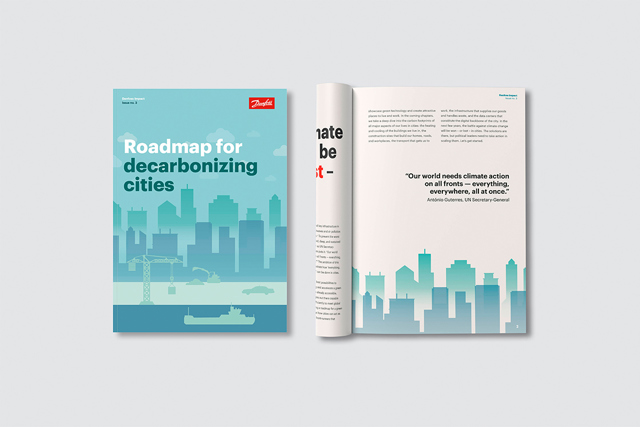
It's time to rethink energy efficiency
By 2050, renewables need to make up roughly 70% of the energy mix if we are to reach net zero and the goals of the Paris Agreement. Will we have the capacity and infrastructure to efficiently use all that renewable energy once we have it? If we don’t have the infrastructure in place to effectively use electricity from wind and solar, producing so much of it is a relatively pointless endeavor. An electrified society could cut up to 40% of final energy consumption. At the same time, energy efficiency measures can accelerate the electrification of sectors.
In the future energy system, we need to use energy at the right time. Our habits and behaviors currently dictate when energy is needed. Similarly, nature dictates when the sun shines and the wind blows. Our need for energy will not always line up with nature’s weather plans, forcing us to use fossil power plants as residual energy sources when renewable supply is low. Energy efficiency in the form of demand-side flexibility solutions can better mediate the relationship between supply and demand, which is necessary to avoid carbon-intensive demand peaks.
Hydrogen will be crucial in the future energy system, where there inevitably will be periods of excess renewable electricity. Energy efficiency and electrification can keep hydrogen demand at a realistic and attainable level while at the same time producing hydrogen in the most energy-efficient way possible.
To supplement energy demand in 2050, excess heat will be captured and reused to replace significant amounts of electricity, gas, or other fuels that are otherwise needed to produce heat.
Energy efficiency must work in harmony with the build-out of renewables to meet our climate goals, ensure energy security, boost the economy, and fundamentally transform the way energy is governed and consumed. This revised understanding of energy efficiency – what we are calling “energy efficiency 2.0” – is the fastest and most cost-efficient way to turn a 2050 net-zero scenario into a reality. We already have the necessary technology. We don’t need magic, but immediate political action to scale the solutions.
Only got two minutes?
These are the key takeaways




Using the word ’blackout’ to refer to a power outage is something of a misnomer. Losing light is the least of our problems when our electricity systems crash.
Policy recommendations
Now is the time for decision-makers at all levels to set the right regulatory and economic framework to reach net zero by 2050. Energy efficiency 2.0 has the potential not only to reduce carbon emissions but also to deliver substantial economic savings both at a societal and customer level. But for this to become a reality, the regulatory framework must be implemented now.





